Applications
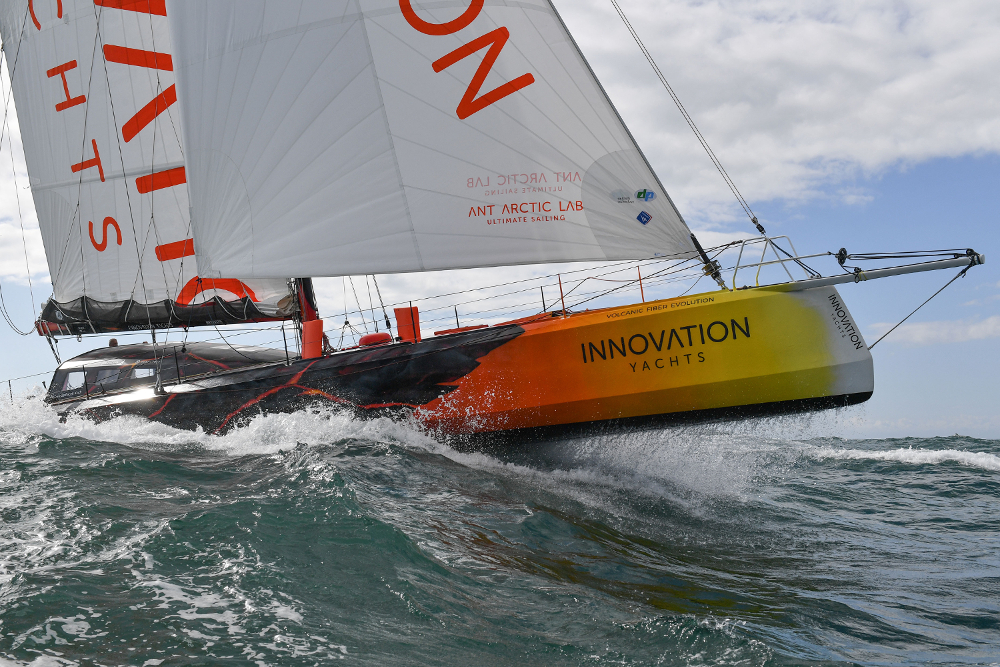 FILAVATM is a product that can be easily used in the elaboration of many high-tech products, technical textiles or composite materials.
FILAVATM is a product that can be easily used in the elaboration of many high-tech products, technical textiles or composite materials.
The composite sector recognises the increasing importance of landfill diversion, recycling and improved resource efficiency. It has seen increased supply-chain pressure from Original Equipment Manufacturers (OEMs) to improve environmental performance and this, together with specific legislative and regulatory pressures, has driven the development of special resource efficiency action plans.
Composites play a significant role as engineering materials and their use has been increasing continuously for many years due to their specific mechanical properties such as high strength, high Young Modulus to weight ratios and wear resistance.
Our fields of applications
Thanks to its outstanding properties (not only tensile strength, Young Modulus, wear resistance but also corrosion and impact resistance, bending strength, resistance to high temperatures and to aggressive environments, longevity etc.) and its unique 100% direct recyclability, the enhanced volcanic rock filament FILAVATM can substitute favourably steel fibres, S and R glass fibres, aramid or carbon fibres in many applications while helping protect the environment.
ISOMATEX developed an original and efficient approach to sizing processes of the filaments, which keeps all their textile qualities and enables them to be combined with other materials. Beside its natural affinity with epoxy resins, FILAVATM can be easily combined with many organic or mineral matrices to form high-tech composite materials, which today are commonly used as substitutes for metals in many industrial applications:
- Bearing structures in aerospace
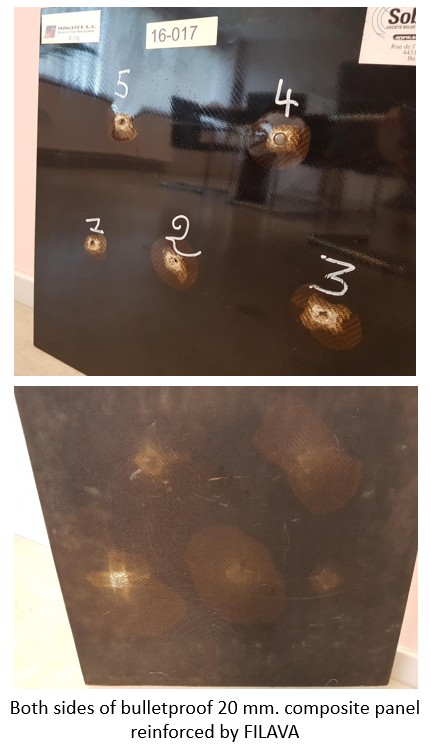
- Aircraft and automotive body structural parts and components
- Reinforcements of structural concrete
- Cutting-edge concrete
- Cabling insulation in engine compartments
- Reinforcements of public furniture textiles
- Bearing structures of constructions in saline environments (wind energy or naval constructions)
- Armoured and bullet-proof materials
- Fire and flame resistant clothes
- Ballistic weapons
- Fire resistant screens in transport
- Fuel, gas and propellant tanks

- Oil pipelines and piping
- Chemical filters at high temperatures
- Medical and surgery room textiles
- Structural reinforcements of tyres
- … etc.
No existing fibre reinforcements in composite applications offer today so many combinations of outstanding properties
FILAVATM is unique thanks to:
- A genuine and innovative treatment of the raw material, volcanic rock, which is enriched with various mineral additives to increase and guarantee the evenness of its original mechanical and chemical properties;
- Its outstanding mechanical properties like tensile strength, high elasticity and resistance to high temperatures as well as to temperature variations (unlike carbon fibres);
- A superior elongation at break in combination with very high tensile strength making it a flawless substitute to aramid or carbon fibre products in many applications;
- Significantly greater elongation at break than carbon fibres meeting better crashworthiness and passengers’ safety requirements in automotive applications;
- Excellent chemical and alkaline resistance properties, which is not the case for other high-end products (carbon fibres, high-quality glass fibres etc.);
- A temperature resistance level of up to 850°C in permanent operation, which is by far superior to glass fibres, steel fibres, polypropylene fibres and other types of fibres;
- Low coefficient of variation of properties;
- IR-rays resistance and durability allowing it to cost-effectively substitute S and R glass fibres, steel fibres, aramid and carbon fibres in many applications;
- Its stability, neutrality for the environment and 100% direct recyclability as per existing European regulations;
- Excellent draping quality of woven fabrics with complex surface, surface smoothness and stability;
- Good sound absorption and acoustical insulation;
- Low density;
- Low coefficient of linear thermal expansion;
- Low coefficient of humidity absorption;
- Outstanding resistance to impact;
- Good resistance to aging and fatigue;
- Good chemical behaviour in presence of corrosive agents (alkaline as well as acid);
- High resistance to UV;
- High coefficients of electric as well as thermal insulation;
- Outstanding surface quality for woven fabrics;
- Excellent wettability and high infusion for complex shapes thanks to tailor-made sizing compliant with a large list of organic (polymeric) matrices;
- A better resistance at high or low temperatures than glass or aramid fibres;
- The absence of galvanic or metal corrosion particularly in high-moisture environments.





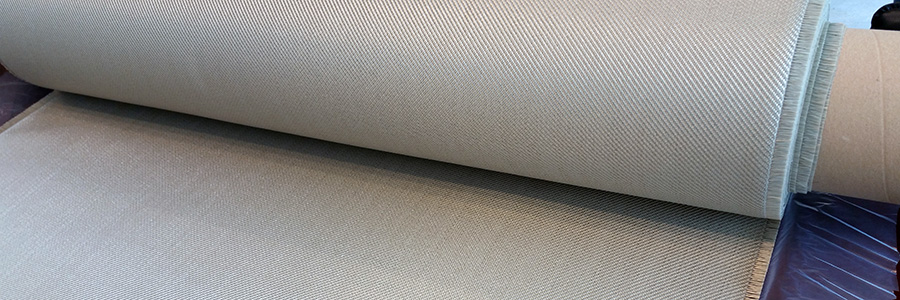
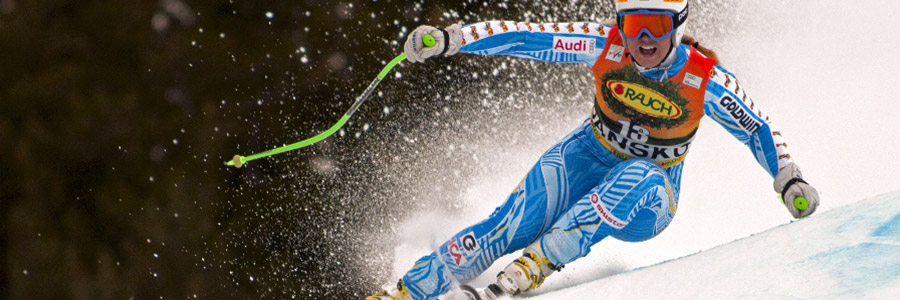

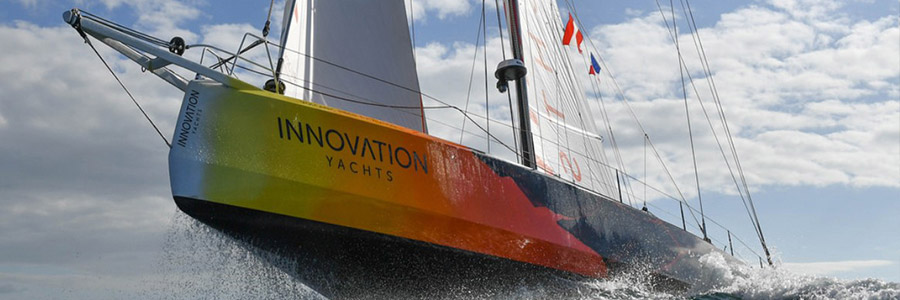






 Partager ce contenu
Partager ce contenu